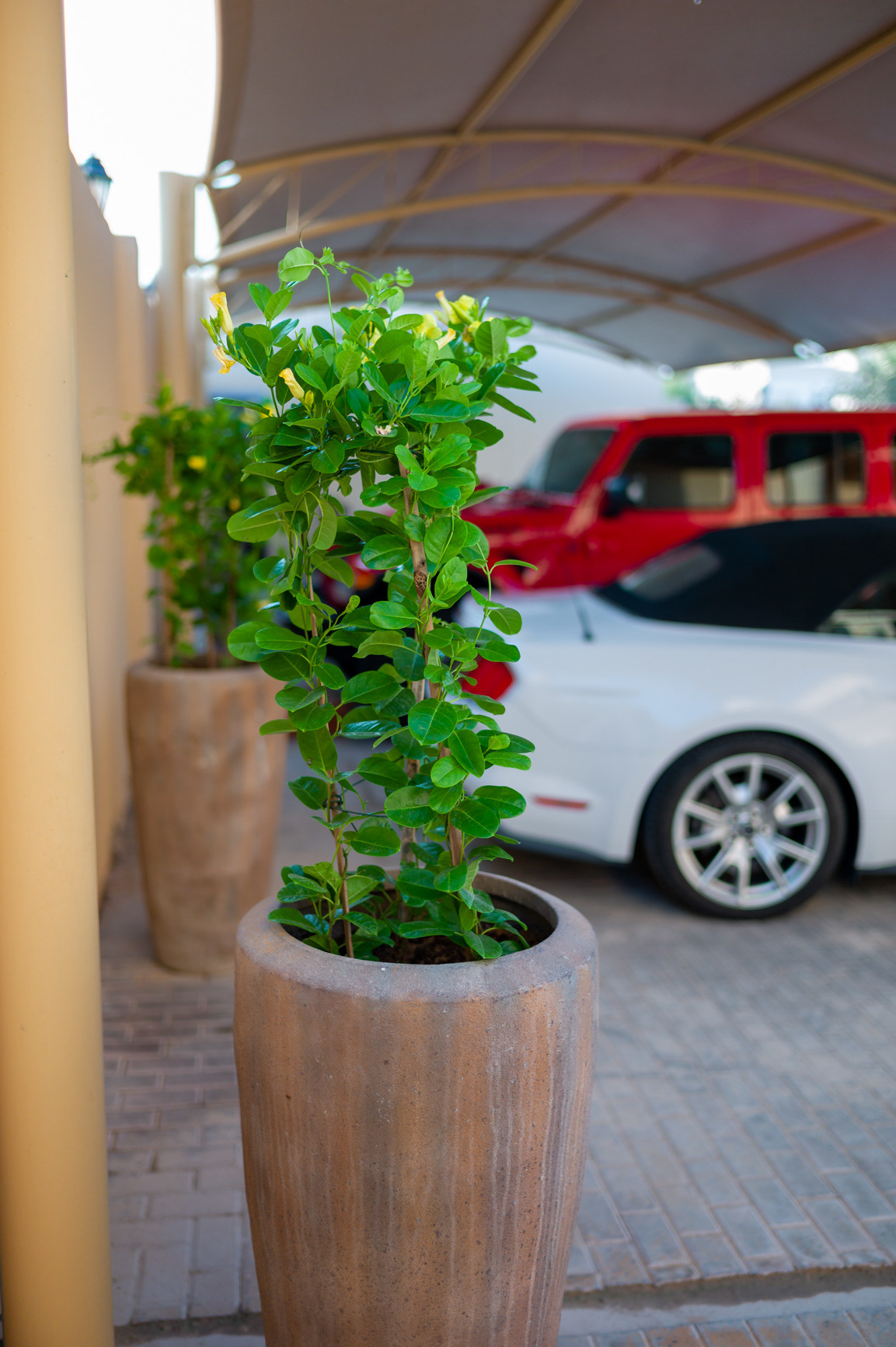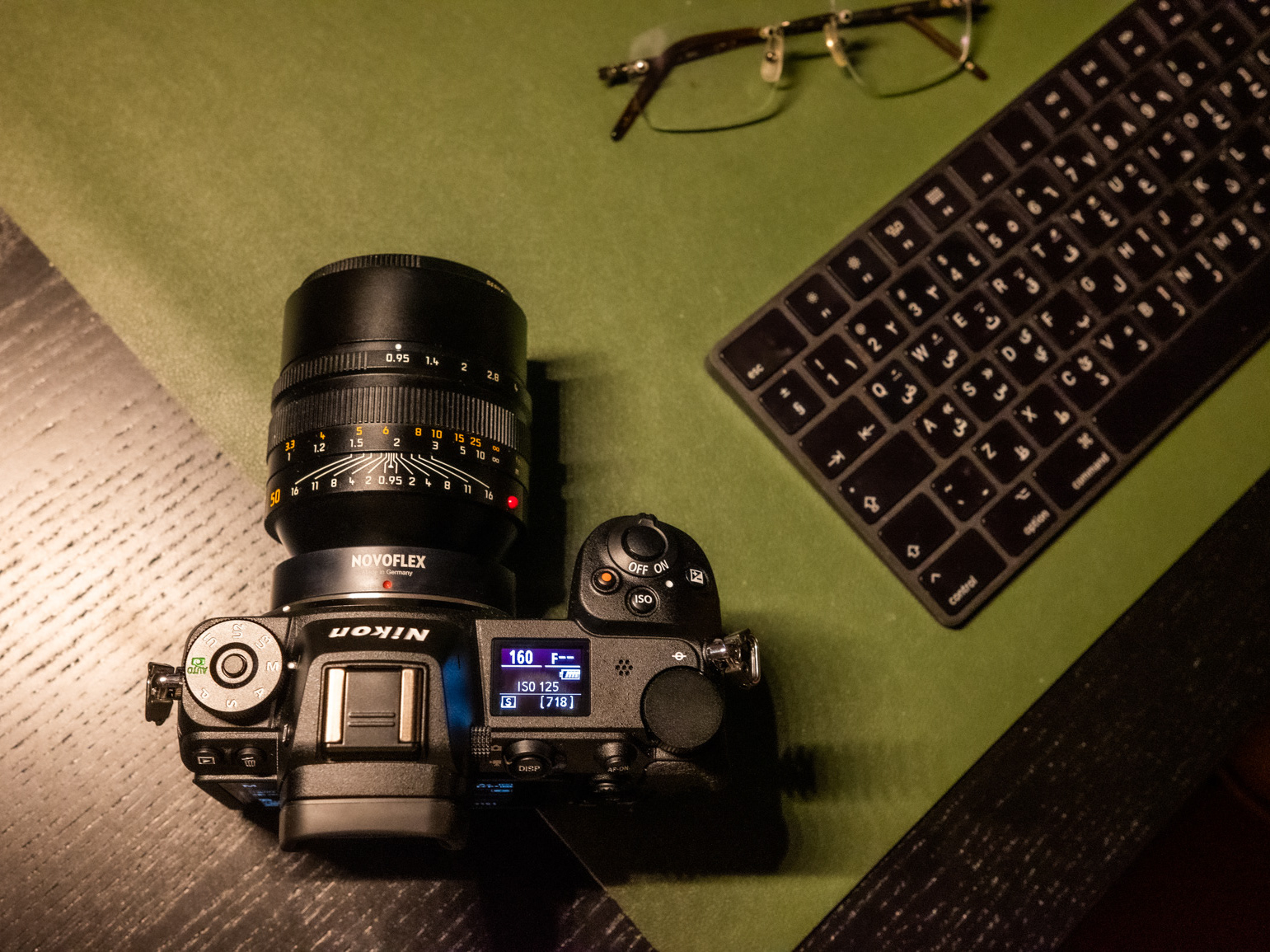Ooh my god, it's the end of 2019 and I just got M9-P Directly from Leica Germany, a camera that was released in Jun 2011. How and Why ?
I know it’s my new toy and I’m so lucky J but really why would anyone get M9-P that is a modified version of the M9 which was released by Leica in 2009, that is 10 years ago? Because this is the first full Frame Digital Leica Camera ever, and the only full Frame I know of that has CCD sensor. It is so unique even 10 years after. No other camera offered the quality of color that resembles film, like the M9 did. Don’t get me wrong, I love all Leica M bodies. Each one has an advantage over the other somewhere, but the M9 is a hit in the history of photography like no other. This is not a review of the M9-P camera, the net is full of that with really wonderful reviews I don’t even want to compete with. It’s my feedback of using such a camera 10 years after its initial release and my story with it.
I always fantasized about this camera, for many years I wanted one. You can find it in places like eBay and used in Leica stores. I bought one once, and I returned it right away because the sensor was full of corrosion. I was afraid ever since to get another. Until one lucky day this summer when I read the article written by Jonathan Slack. He visited Leica in Wetzlar, Germany and found a number of “almost new” and serviced M9s and M9-Ps put for a show. He suggested if they wanted them to be sold, and to make a long story short I ended up with one.
Not only it was in almost new condition, but they had put my leather of choice the wonderful blue color on it. With minimal shutter count. To be honest it wasn’t cheap, but it wasn’t more expensive than what you would find in eBay anyway. I do feel that Leica will service it for you if you get a used one from eBay, amazon, B&H even if it was in a bad condition, don’t hold my word on that but that’s what I think.
Most of the reviews in the net, honor and upraise it, that’s because it was phenomenal when it was released, but if you compare it to what cameras can do nowadays it’s primitive. M9 (for short because most of what I’ll be talking about stands true for M9-P) has limitations. If you understand these limitations and work around them, you will enjoy this camera.
Dynamic range:
M9 has limited dynamic range, your images will not be great when ISO go above 1600 (you can push the M9-P to 2600) and you can’t pull a lot of information in the dark and light areas. In my opinion that’s something not bad at all, I think film photography had such limitations. It forces you to produce images as you see them. Today cameras produce HDR like pictures, and while they have all information clear, they lost something from the past. Look at old pictures, they are not HDR like, dark areas are dark and light areas are light. If you can get yourself around this, you will not be concerned by the limited ISO.
The Leica M9 is the size of the Leica Q (28mm fixed lens), which is another camera I love to travel with and lightweight. It’s also slow compared to today’s fast cameras like the Sony A9 with 20fps, the M9 is only 2fps.
I sought to shoot something at night handheld, I wanted to test the capability of this camera myself not relying on numbers or graphs, but real-life test. So, remembering Toy Story famous gas station scene, we have one just like it around our house corner. I took the M9 and went there. I started shooting the gas station and while it's not a competitor to the M10 or any current full frame camera, it was handling the situation decently. Nowadays cameras have a very high ISO rating to the point that it shows details your naked eye can’t even see at night. That is great, but that is not the M9 because just like the film days, you get what you see and that is pronounced. Here are some pictures I took handheld.
The famous gas station scene from Toy Story




CMOS vs CCD
When Leica decided to switch their camera sensors from CCD to CMOS the Leica community divided itself into two camps; those who are with and those against. The heated debates started as which sensor is better. Both had strong arguments, but the CMOS camp was wining because Leica continued to produce cameras with CMOS sensors and ceased any production of CCD. Understandably they continued for a while making and supporting the old models with CCD, but none of their new cameras have CCD sensor in them. The CCD camp went all the way to even send a letter asking Leica to go back using CCD or at least offer optional copy of their existing camera with the CCD sensor. But Leica continued to work with CMOS sensors and quite honestly for good reasons. CMOS are cheaper to make and offer way more features than CCD can give, the dynamic range is incredible, it allows you to practically shoot at night without flash, their power consumption is much less than CCD (almost 100 times less), the mega pixel can be cramped in the same chip beyond what thought possible (Sony offering the A7IV with 64-megapixel Full Frame sensor as of this writing).
So, with all these advantages what is so good about CCD? honestly, everyone will give you different answers and all of it is subjective. For me, CCD somehow was made with film in mind, the lenses that worked great with film, the slowness and the limitation of using a film. CCD sensor take the whole image in one shot much like a film did, CMOS on the other hand take the image in sequential line by line fashion. CCD took the digital as close as possible to shooting in film. In fact, in the beginning CCD sensor where put in the back of known film cameras to replace the film, how close to traditional photography you want to be?
A question I would ask, like COMS why didn’t CCD continue to develop and evolve, to even be better than CMOS? I believe this has a lot to do with Kodak having financial challenges 10 years back. Kodak was a major company behind CCD sensors, and when that changed, it affected everyone else looking at CCD. Although CCD still exists today in many small devices, it is no competition to CMOS.
M9-P with CCD
Yes, that is what is so unique about M9, its sensor, with all the limitations there is nothing like it. You can find all sort of film cameras even today, but no camera with CCD sensor is anything like the M9 (and of course the M8 before it, but that was not full frame).
For me, all this information doesn’t matter, what really matters is the image quality and the process of taking a photo. Many people love film and still shoot with film because of that feeling and quality you get out of it. It could be just nostalgia but still the reason I shoot photographs (at least for me) is to have a good feeling and to create ART.
Shooting film in 2019 means you have to give up many things; the easiness of digital, the access to unlimited shots that are almost free. The convenience of not looking for developing your negatives in a dark room, or finding a studio that will service your pictures. The instance in seeing the result of your work, and the list goes on and on. Yet many love it. For me the M9 with the CCD sensor gives me a lot of what I desire in film but keep the convenience of digital with me, talking about win-win situation. Of course, that would not work for specific jobs, like shooting sports, you will need to find a fast-digital camera that will do this. M9 is only 2 frames per second. Same thing goes for studio photography, or any situation where 18 megapixels is not enough. If you are like me and all of this doesn’t apply to you, you will find the M9 to be the perfect camera to carry around.
Rangefinder:
What is that? today with the easiness of autofocus why would anyone go back to use rangefinder camera where you have to squeeze your eye to see a little square with split image that has to be aligned in the optical view finder, which doesn’t even show what the camera is really shooting? well, because it’s a lot of fun and pleasure. Also, it is so unique to find a camera in 2019 that works like one from 100 years ago. Sure, this is not unique for the M9, the new M bodies are also rangefinders, but the M9 has the CCD sensor.
The use of rangefinder forces you to slow down, slowing down in photography gives a lot of rewards. It’s not about speed it’s about creating an art. I understand that today’s cameras compete in continuous shooting, autofocus, dynamic range, small form factor, megapixel, lens adaption, price, sensor size, speed, GPS and so on. Yet the M9 is not about any of that, it is as simple as it gets in the digital world which I think makes it so distinctive.
Rangefinder or Mirrorless:
From a historical point of view, it’s true that M9 was the first ever full frame mirrorless camera. Mostly people didn’t notice because it was a rangefinder. Typically, most photographers were using DSLR with mirrors and no company dared to bring 35mm camera without a mirror (Actually some did, but it was a challenge). Leica quietly did it with the rangefinder and so the range finder was technically the first 35mm mirrorless camera. For the first time you can use full frame lenses with a digital body. In my opinion, that was a historical achievement.
Leather skin,
I love to personalize my stuff. This is M9-P, but it’s my M9-P. Lecia was so kind to ask me which leather and color I would like have it in, and I chose blue. You also can send your camera to Leica if you would like to have its skin changed to a leather you like, or you can do it yourself. Just be careful, it’s really easy to do it yourself, but it will void your warranty. So it’s better to send it to Lecia. If your camera is out of warranty anyway, then you can find many merchants in eBay that are willing to sell you all kind of leather and colors.
Do I love everything about the Leica M9-P?
This is really a subjective question. To answer it, we need to think of the M9 as a film camera with a digital back. In 2019 we are used to many features from other cameras which makes it a challenge to work without. Nonetheless, the Short answer is Yes with one cavity. I don’t like the back screen. It doesn’t show the quality of the previewed pictures to examine anything (low resolution, no zoom in). You have to wait until you see them on a computer, but again that is far better than working with a film camera. I guess I need to get used to it, maybe I will even find it rewarding. Leica sale the M-D with no screen at all, so in comparison this is considered a privilege. Although with the M-D you can use your connected phone as a review screen. I also wish CCD had developed since, but it is still so limited compared to CMOS.
Summary:
If you skipped the whole article and jumped right to the summary, then let me make it short for you. Are you the type of person who yearn for a film quality and experience, but appreciate the digital advancement? then the M9-P is a dream camera. I personally like it a lot. It’s the closest thing to film. That’s all what you need to know. Is it worth the thousands of dollars to spend on an old technology? that depends; if you have the money and look at photography as an art and enjoyment, then yes. But if you need a camera for living and you will shoot with it professionally, then I wouldn’t suggest it. Today’s cameras are so capable. The ISO is so high, the frames per second are very fast. They have eye tracking and their dynamic range is mind blowing. But the M9 is not about all of that. It is a camera that will slow you down, and requires you to think about your shot. You will need to understand what shutter speed, ISO and aperture mean. Still giving you that nostalgia feeling of the past. If you want quality while taking your time to photograph, and you don’t want to fiddle with film, then find one and buy it today.
















